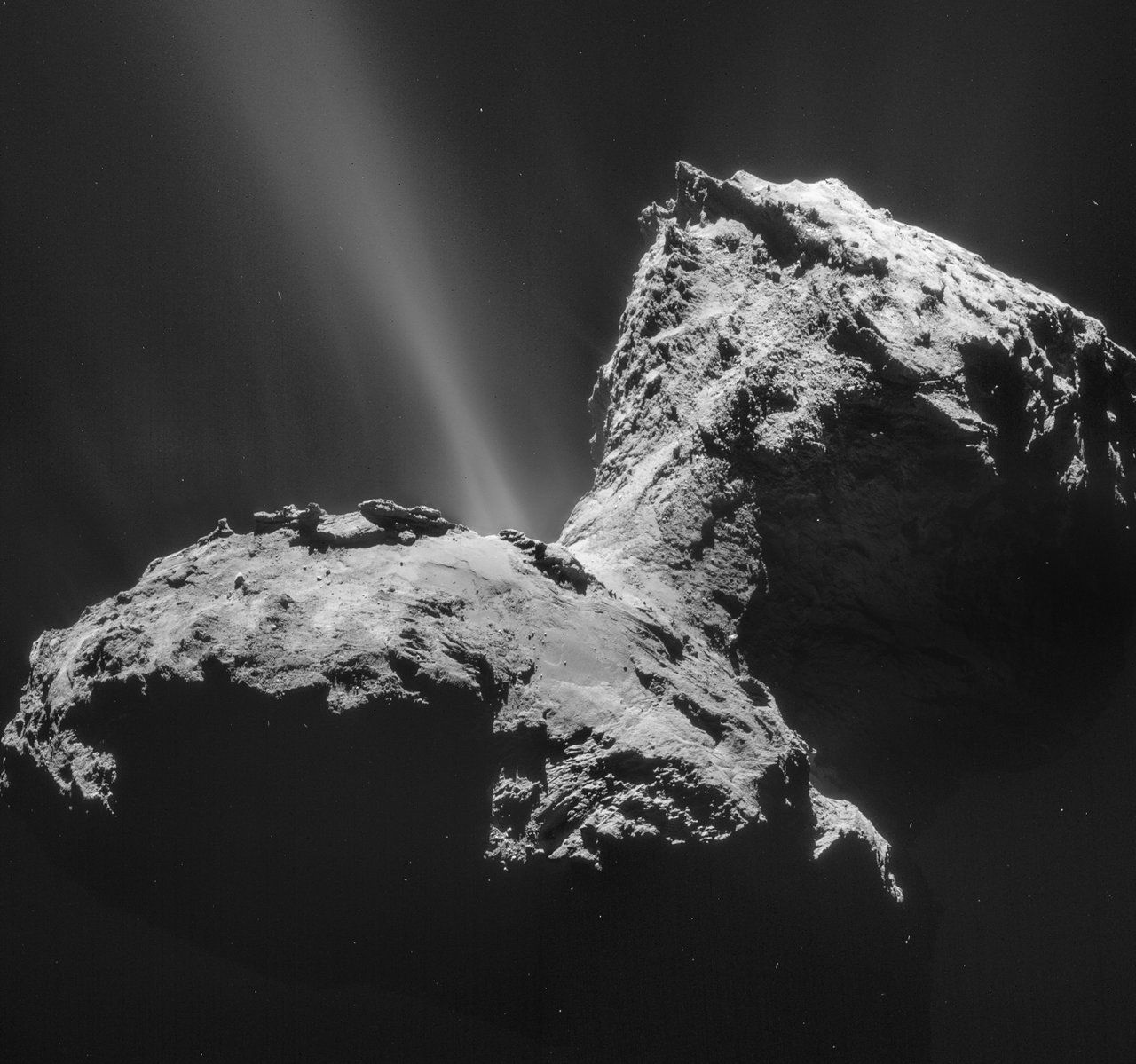
Researchers have found new evidence to suggest that key ingredients for life were generated in outer space and delivered to earth by meteorites or comets in the first billion years of our planet's history.
These ingredients—known as phosphates—are essential components of all living cells. Derivatives of the element phosphorus, they are the main constituents of chromosomes—the carriers of genetic information in which DNA is found—and play a critical role in providing the energy that cells need to carry out their basic functions.
But despite their importance to life, scientists are not sure where Earth's first organisms got their phosphates from. One hypothesis is that the compounds came from outer space.
In a paper published in the journal Nature Communications, researchers from the University of Hawaiʻi at Mānoa—in collaboration with colleagues in Taiwan and France—have identified a previously overlooked source of phosphorus known as interstellar phosphine—a compound containing phosphorus and hydrogen.
According to the researchers, chemical reactions involving phosphines produced key phosphorus oxoacids—such as phosphoric acid and diphosphoric acid—which could have made their way to Earth on comets and meteorites before becoming incorporated into biomolecules found in the cells of living beings.
"On Earth, phosphine is lethal to living beings," Andrew Turner, lead author of the study, said in a statement. "But in the interstellar medium, an exotic phosphine chemistry can promote rare chemical reaction pathways to initiate the formation of biorelevant molecules such as oxoacids of phosphorus, which eventually might spark the molecular evolution of life as we know it."
The team came to the conclusion after recreating the conditions experienced by icy grains that float about in the interstellar medium using an ultra-high vacuum chamber cooled down to 5 Kelvin (minus 450 degrees Fahrenheit).
When the scientists exposed the grains—which are coated in carbon dioxide, water and phosphine—to high-energy radiation mimicking cosmic rays in space, multiple phosphorus oxoacids were synthesized.
"The phosphorus oxoacids detected in our experiments might have also been formed within the ices of comets such as 67P/Churyumov-Gerasimenko, which contains a phosphorus source believed to derive from phosphine," said Ralf Kaiser, another author of the study.
Uncommon Knowledge
Newsweek is committed to challenging conventional wisdom and finding connections in the search for common ground.
Newsweek is committed to challenging conventional wisdom and finding connections in the search for common ground.
About the writer
Aristos is a Newsweek science reporter with the London, U.K., bureau. He reports on science and health topics, including; animal, ... Read more
To read how Newsweek uses AI as a newsroom tool, Click here.








